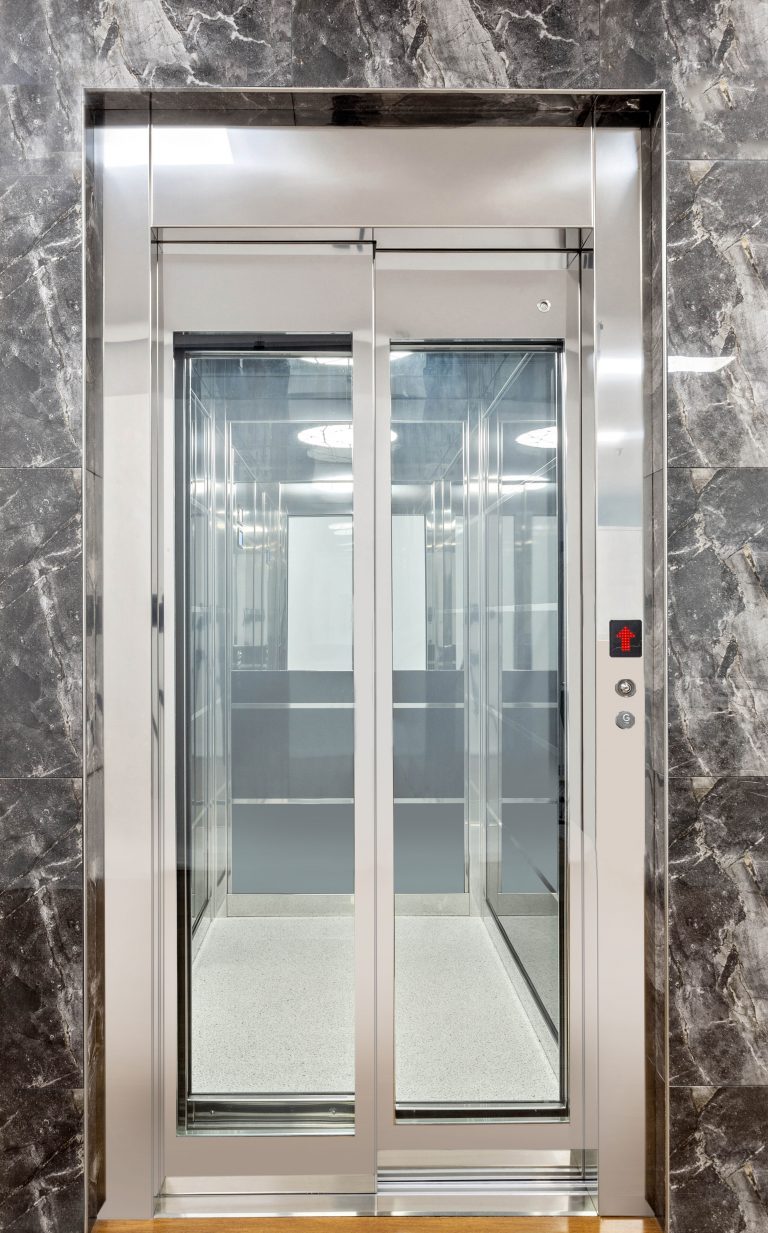London Lift Company: Providing Comprehensive Lift Solutions Across the Resources
London Lift Company: Providing Comprehensive Lift Solutions Across the Resources
Blog Article
Looking Into the Globe of Lifts: Common Problems Faced by Numerous Lift Systems
As we navigate with the upright transportation systems of modern buildings, elevators stand out as an important component of our everyday lives. From hydraulic lifts to traction systems and machine-room-less styles, each lift kind comes with its collection of typical problems.
Hydraulic Lifts
Hydraulic lifts, commonly liked for low-rise buildings, make use of fluid pressure to manage the motion of the lift vehicle (lift repair companies). This system includes a hydraulic pump pushing oil into a cyndrical tube, creating the lift to relocate the wanted instructions. While hydraulic elevators are understood for their quiet and smooth operation, they do include their own collection of usual problems
One common problem with hydraulic lifts is oil leakage. Additionally, concerns with the control system, such as damaged shutoffs or a malfunctioning pump, can create interruptions in the lift's motion.
Routine maintenance and punctual repairs are essential to make certain the smooth functioning of hydraulic elevators. By attending to these common issues proactively, structure proprietors can minimize downtime and make certain the safety and effectiveness of their vertical transportation system.
Traction Elevators
When considering vertical transport systems in structures, an additional common kind besides hydraulic lifts is the traction elevator. Traction elevators operate making use of a system of ropes and counterweights that move the lift vehicle by gripping onto the hoist ropes. This system enables for smoother and much faster vertical transportation contrasted to hydraulic systems.
Among the usual concerns faced by traction lifts is rope wear. The consistent activity of the ropes within the traction system can result in tear and put on over time, potentially causing the lift to malfunction or become harmful for use. Routine evaluations and upkeep of the ropes are crucial to guarantee the lift's appropriate performance and safety.
Another problem that grip elevators might run into is connected to the control system. Issues with the control system can result in issues such as irregular activity, delays in response times, and even complete closures. Routine testing and upkeep of the control system are crucial to avoid such concerns and guarantee the elevator's reliability.
Machine-Room-Less (MRL) Lifts

One of the vital parts of MRL lifts is the portable gearless traction maker that is installed within the hoistway. This device efficiently drives the lift cars and truck without the need for cumbersome equipment located in standard traction elevators. In addition, MRL lifts normally utilize a counterweight system to stabilize the car, additional enhancing their energy effectiveness.
In spite of their benefits, MRL lifts may face difficulties connected to upkeep and fixing because of the constrained space for devices installment. Ease of access for servicing elements within the shaft can be limited, requiring specialized training for service technicians. Correct maintenance timetables and routine inspections are essential to make sure the ongoing smooth procedure of MRL lifts.
Overloading and Weight Restriction Issues
Overwhelming and weight limitation problems are crucial issues in elevator procedures. Elevator producers design lifts with specific weight capabilities to ensure passenger safety and security and tools durability.
When lifts are overloaded, it puts too much strain on the motor, cords, and various other components, potentially causing malfunctions or malfunctions. If they find excess weight, security mechanisms such as sensing units and overload sensors are in area to avoid lifts from moving. In addition, surpassing weight restrictions can bring about increased power consumption and damage on the elevator system.
To alleviate overloading problems, building supervisors need to plainly show weight limits in lifts and educate occupants on the significance of adhering to these limitations - lift repair companies. Regular upkeep checks by qualified specialists can likewise aid guarantee that lifts are operating within safe weight parameters. By attending to overloading and weight limitation issues proactively, building owners can boost elevator security and performance
Electric System Failures
Surpassing weight restrictions in lifts can not just lead to mechanical issues but additionally possibly contribute to electric system failings within the lift facilities. Electric system failures are a crucial worry in lift procedure, as they can cause unforeseen closures, breakdowns, or perhaps safety and security hazards. One common electrical concern is the overheating of components due to extreme present flow triggered by overwhelming the lift past its ability. This can lead to damage to the wiring, motor, or control systems, resulting in costly repair work and downtime.
Furthermore, power surges or fluctuations find out here in the electric supply can likewise interrupt the lift's procedure, impacting its performance and safety. These electric disturbances can damage delicate advice elevator parts such as control board, circuit card, or sensors, bring about system failings. Regular upkeep and assessments are important to recognize and attend to potential electric problems promptly, making sure the risk-free and reliable procedure of lift systems. By sticking to weight limits and carrying out routine electric system checks, structure owners can mitigate the danger of electrical failures in lifts.
Final Thought

Hydraulic lifts, frequently chosen for low-rise buildings, use fluid pressure to manage the activity of the elevator car.When taking into consideration upright transport systems in structures, one more usual type apart from hydraulic lifts is the traction lift. Grip lifts run utilizing a system of ropes and counterweights that relocate the lift automobile by gripping onto the hoist ropes. Unlike conventional lifts that require a separate equipment space to house the tools, MRL elevators integrate many of the parts within the shaft, eliminating the requirement for a dedicated device area.In final thought, lifts face common problems such as hydraulic breakdowns, grip from this source system failures, and electrical system issues.
Report this page